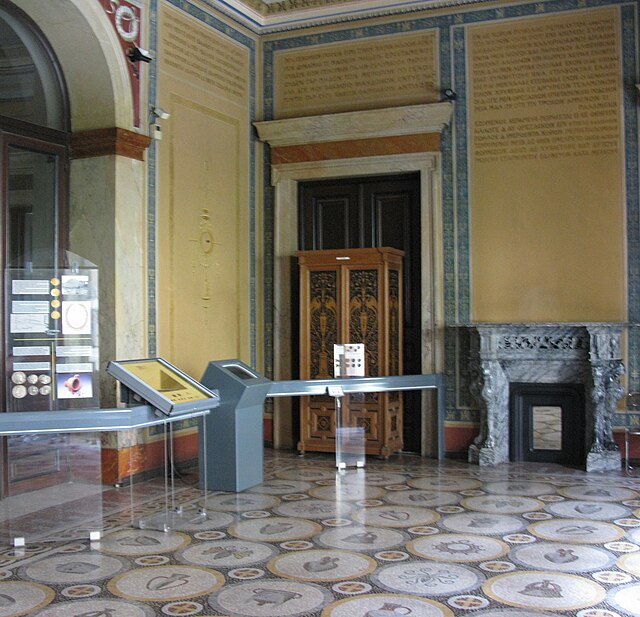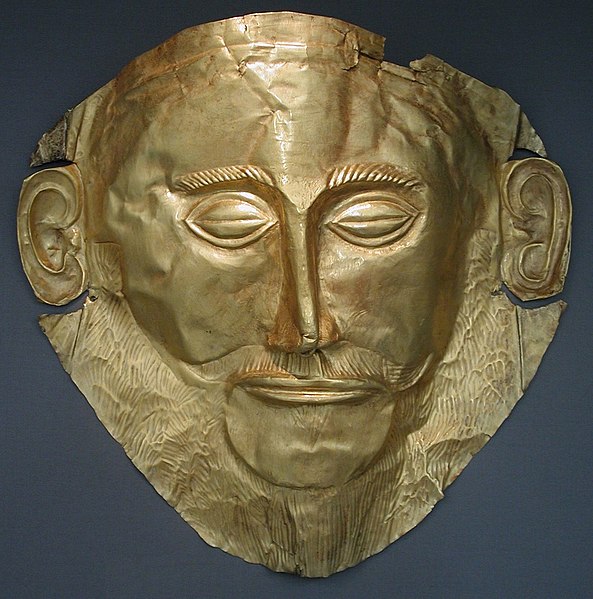Numismatic Museum of Athens
The Numismatic Museum of Athens is one of the most important museums in Greece and it houses a collection of over 500,000 coins, medals, gems, weights, stamps and related artefacts from 1400BC to modern times. The collection constitutes one of the richest in the world, paralleled by those of the British Museum in London, the Bibliothèque Nationale in Paris, the State Hermitage Museum in St. Petersburg, the Bode Museum in Berlin, and the American Numismatic Society in New York. The museum itself is housed in the mansion of the archaeologist Heinrich Schliemann, formally known as Iliou Melathron.
Iliou Melathron, the former house of Heinrich Schliemann
Façade close-up
View of the interior of the museum
Copper ingots from Crete and Mycenae
Johann Ludwig Heinrich Julius Schliemann was a German businessman and an influential amateur archaeologist. He was an advocate of the historicity of places mentioned in the works of Homer and an archaeological excavator of Hisarlik, now presumed to be the site of Troy, along with the Mycenaean sites Mycenae and Tiryns. His work lent weight to the idea that Homer's Iliad reflects historical events. Schliemann's excavation of nine levels of archaeological remains has been criticized as destructive of significant historical artifacts, including the level that is believed to be the historical Troy.
Heinrich Schliemann
Schliemann as a young man
The 'Mask of Agamemnon', discovered by Heinrich Schliemann in 1876 at Mycenae now exhibited at the National Archaeological Museum of Athens.
Sophia Schliemann (née Engastromenos) wearing treasures recovered at Hisarlik







